Why do brands continue to make misleading claims in ads: An industry perspective
Ads violating the advertising code and making misleading claims are on the rise despite strong measures to check violations. In January 2019, the Ministry of Information & Broadcasting (MIB) issued an advisory to all broadcasters, directing them to run a scroller stating: “Objectionable ads? Complain to The Advertising Standards Council of India (ASCI) on 7710012345 or ascionline.org”.
Rule 7 (9) of the Cable Television Networks Rules, 1994, states, “No advertisement, which violates the Code for self-regulation in advertising, as adopted by the Advertising Standards Council of India (ASCI), Mumbai for public exhibition in India from time to time, shall be carried in the cable service.”
Adgully spoke to Shweta Purandare, Secretary General, ASCI, to have an understanding of the process of monitoring ads, complaints redressal mechanism, measures in place to penalise the violators and more.
As per ASCI’s note in December 2018, 558 out of 590 complaints against ads making misleading claims were upheld. Do you see ads violating the Advertising Code on the rise?
ASCI processes all types of complaints received directly from consumers as well as complaints received on the Government portal GAMA (Grievance Against Misleading Advertisements). In addition, ASCI through National Advertising Monitoring Service (NAMS), its Suo moto monitoring of all TV and Print ads, looks into hundreds of potentially misleading advertisements. Our experience over the years has shown that advertisements that are most complained against and those picked through NAMS are about misleading claims. Over the last few years, we find that the highest incidences of misleading advertisements are in Healthcare products and Services sector and the Education sector.
When you process these complaints, what parameters do you use to judge the veracity of these claims?
Parameters to assess misleading advertisements are covered under Chapter I of the ASCI Code for self-regulation of advertising content. In addition, various sector specific guidelines also serve as a good reference point for the Independent Consumer Complaints Council when they adjudicate on the complaints such as Guidelines for Advertising of Food and Beverage Products, Guidelines for Advertising of Educational Institutions and Programs, etc.
(What the Codebook says)
To ensure the Truthfulness and Honesty of representations and claims made by advertisements and to safeguard against misleading advertisements
1.1 Advertisements must be truthful. All descriptions, claims and comparisons which relate to matters of objectively ascertainable fact should be capable of substantiation. Advertisers and advertising agencies are required to produce such substantiation as and when called upon to do so by The Advertising Standards Council of India.
1.2. Where advertising claims are expressly stated to be based on or supported by independent research or assessment, the source and date of this should be indicated in the advertisement.
1.3. Advertisements shall not, without permission from the person, firm or institution under reference, contain any reference to such person, firm or institution which confers an unjustified advantage on the product advertised ortends to bring the person, firm or institution into ridicule ordisrepute. If and when required to do so by The Advertising Standards Council of India, the advertiser and the advertising agency shall produce explicit permissionfrom the person, firm or institution to which reference ismade in the advertisement.
1.4. Advertisements shall neither distort facts nor mislead the consumer by means of implications or omissions. Advertisements shall not contain statements or visual presentation which directly or by implication or by omission or by ambiguity or by exaggeration are likely tomislead the consumer about the product advertised or the advertiser or about any other product or advertiser.
1.5. Advertisements shall not be so framed as to abuse the trust of consumers or exploit their lack of experience or knowledge. No advertisement shall be permitted to contain any claim so exaggerated as to lead tograve or widespread disappointment in the minds of consumers.
What is the reaction time within which the complaints are redressed?
Over the past few years, ASCI has made significant changes in the complaint processing system. With the use of electronic communication, weekly meetings of the Consumer Complaints Councils and Online Complaint Monitoring Services, the average lead time to take a decision on a complaint is 12 working days from the date we receive a ‘complete’ complaint. The complete complaint should include particulars of the print advertisement, the name and date of publication, and clipping or copy of the print advertisement. In case of a TV commercial, we require the channel, date and time of the TVC, reasonable description of an A/V, specific claims or visual depictions which are considered to be false, misleading or objectionable and the reasons for the same.
ASCI also introduced “Informal Resolution” mechanism, wherein a complaint can get resolved in 10 business days, too, wherein the advertiser, on receipt of a complaint, readily volunteers to either withdraw or modify the advertisement complained against.
In exceptional circumstances, when it appears that an advertisement is in serious breach of the Code and its continued transmission by any medium causes or has the effect of causing public harm or injury or its continuation is against public interest, then ASCI directs the advertiser/ the advertising agency/ the media buying agency and the media concerned to suspend the advertisement within 48 hours.
Given the due process that needs to be followed of scrutinising the complaints, providing adequate opportunity to the advertiser to defend their claims, examine technical support data if applicable and final deliberations by the CCC and formally documenting each CCC recommendation, this lead time reflects well on the efficiency of the ASCI team and processes.
Pertaining to advertisements on different platforms how would you go about addressing the complaints?
Regardless of the medium of advertisement complained against (TV, Print, Digital, Outdoor, etc.), the complaint handling process follows the same principles. You would find the details on our web-site (https://ascionline.org/).
Expert Speak
When asked why even big and well-known brands resort to making misleading claims in their advertisements, Harish Bijoor Brand Expert & Founder, Harish Bijoor Consults Inc, remarked, “Advertising, by and large is a ‘claim’ process. It is about one brand claiming to be superior against another. To that extent, claims go berserk at times, particularly in keenly contested categories that are close to commodity. In the USP development process, at times brands go from the sublime to the ridiculous. Advertising to an extent is a battleground of claims and counter-claims. When the decibel, tone and tenor of ‘claim’ rises, crazy things happen. And ASCI is the sense and decision-giver in this space.”
Along similar lines, N Chandramouli, CEO, TRA Research, noted, “Brands measure themselves on incorrect metrics, largely sales, and in the anxiety to increase sales, resort to many measures which border on transgression. Rather than self-comply, they all test the border of law. In many cases, they also adversely impact the brand, by making these false claims. While in the short term they may gain clients, it does not do well to the brand in the long run.”
According to Saurabh Uboweja, International Brand Expert and CEO Brands of Desire, “Brands are looking to seek attention and win the trust of their consumers as the most effective alternative for the problem they wish to solve. This goal usually translates into exaggerated claims and promises which are difficult and very often impossible to keep. Consumers trust brands for their ability to keep promises and be predictable in delivery. ASCI, in a way, is doing its job very well in protecting the interests of consumers in India.”
Chandramouli agreed that this is symptomatic of a broader issue in the industry in that it is reflected by all industry and there might be only a few brands which were self-compliant. He noted, “Unless the brand metric changes to a measure of the customer’s keenness-to-buy, rather than pushing to sell to them, it will not change. Consumers intrinsically trust brands and brands continue to misuse this trust placed on them.”
According to Uboweja, more than industry, it was a very “Indian issue”. He elucidated, “We prefer to substitute hard work and processes with shortcut solutions to success, in other words, jugaad. When regulation is weak, it is easy to get away with it. The industry is just smart enough to exploit that.”
On the other hand, Bijoor disagreed with this view and said that everything was cyclical. “In the beginning, the consumer wants and gets honest advertising. When the consumer herself evolves and looks for stories, the advertiser obliges. Touche! And finally, when the barrel of the ridiculous claim has been scraped, out comes honest advertising into fashion once again.”
Discounting this, Uboweja felt that honest advertising is an oxymoron and added that it was very difficult to achieve both. “At best, you could aim to be aligned with the law of the land and explore creative freedom within those boundaries,” he said.
According to Chandramouli, a brand’s honesty is seen as sincerity and is very important to build brand trust. Impactful advertising can be created by knowing why consumers trust and desire brands, and thus helping them buy into the brand from the heart and the head. “This is the real impact that a brand can create,” he said.
When asked whether consumers and industry bodies empowered to tackle these issues or is there a need for internal change in the industry Uboweja replied, “We will probably need multiple action steps to address these issues. Besides empowering regulatory bodies to pursue timely warnings and punitive actions, a significant emphasis must be placed on trainings and certification of advertisers and their agency professionals on advertising compliance.”
Chandramouli pointed out that the only body which polices brand claims currently is ASCI, a self-regulatory organisation that can only guide and direct brands. However, he also pointed out that ASCI was not a judicial body which could fine or ban a particular brand or give the brand any form of reprimand. “Moreover, by the time ASCI asks the brand to remove an ad, it has already run its course and the action is too little, too late. Brands will continue to transgress till there are stricter regulations that have a greater punitive action on brands,” he opined.
Continuing further, Chandramouli noted that ASCI also does not have standard approval processes that allow claims to be made on studies and researches, which has to led to many companies with no standing or proven methodology beginning to give awards and ranks to brands. “Most such claims are paid for awards and create confusion in the market. TRA Research has been rating brands on consumer-trust and consumer-attractiveness through formal, proven consumer research over 10 years. And we have seen copy-cat awards which are given to brands for a price and ASCI has not been able to separate the wheat from the chaff. TRA was whetted by ASCI Internal Review Committee presided by a retired judge. All companies presenting awards must go through the same process, else consumers will continue to get fooled by unscrupulous brands,” he affirmed.
Bijoor summed it up crisply as he said, “I do believe water finds its own level. And so does advertising; as do the claims and counter claims in advertising.”







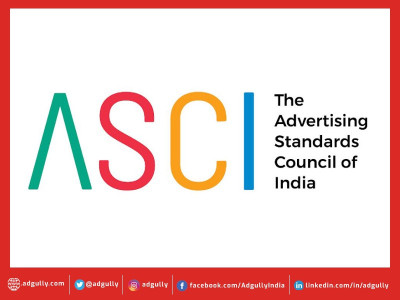
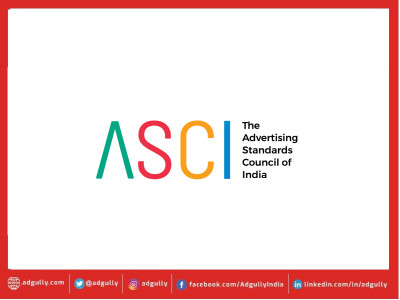
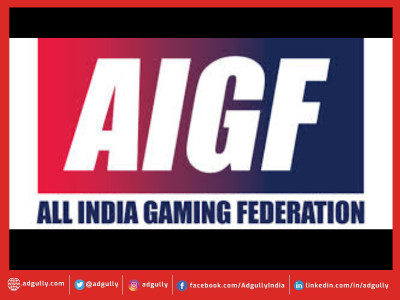
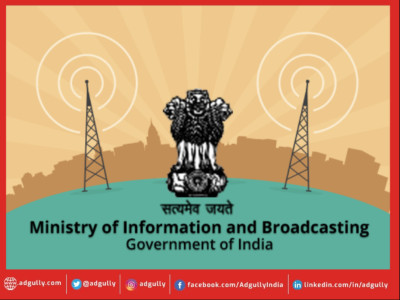
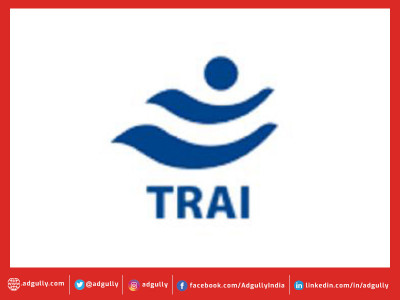
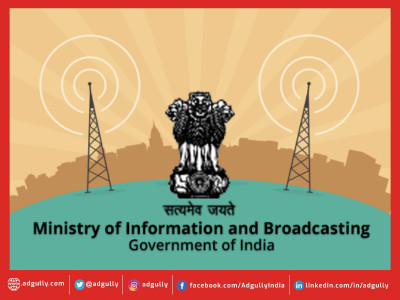
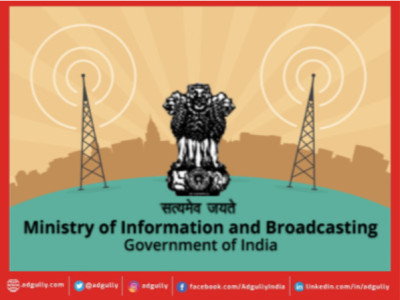
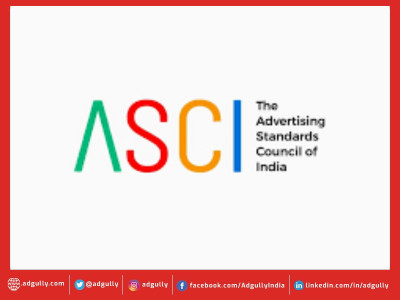


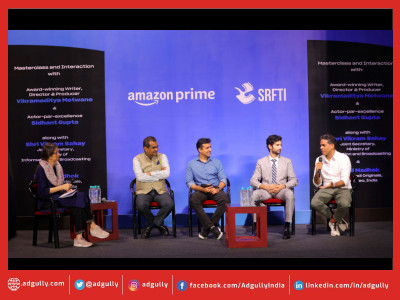

Share
Facebook
YouTube
Tweet
Twitter
LinkedIn